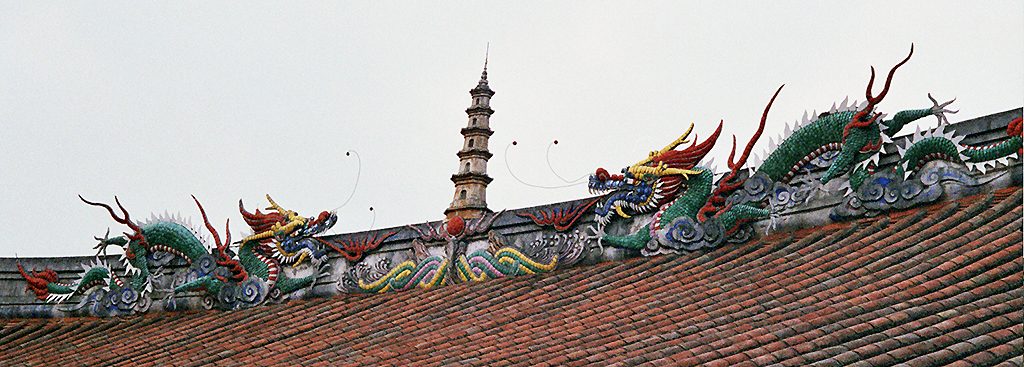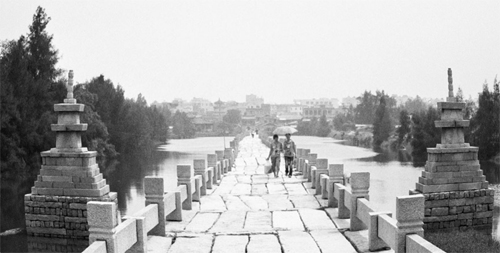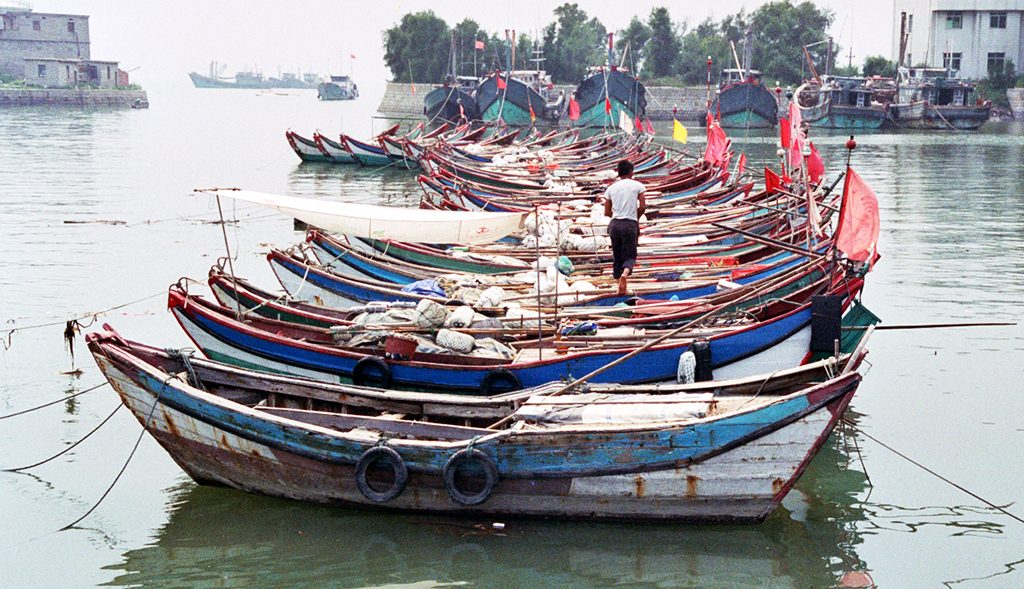
Quanzhou 泉州/Zaitun: the City of Light! Or not!
Quanzhou the city of light made famous in the book of the same is also a bustling city in China’s Fujian Province with plenty to see and do.
The City of Quanzhou is a must for any History buff, such as myself. It was made famous by Marco Polo, who described ‘Zaitun’, the name by which Quanzhou was known then, as ‘… one of the two ports in the world with the biggest flow of merchandise…’.

David Selbourne’s Book and Jacob D’ Ancona
Quanzhou’s historical grandeur and importance have received further recognition in the book ‘The City of Light’, written by the historian David Selbourne; a work which has raised considerable controversy. Based on the diaries kept by a Jewish merchant, Jacob D’ Ancona, the book describes a city of enormous wealth and riches, built on commerce and trade with the outside world, as well as a vibrant political culture, with merchants, bureaucrats and intellectuals involved in heated arguments and violent discussions over the best way to confront and contain the impending Mongol invasion that would soon engulf all of China and bring down the Southern Song dynasty.

Whether fiction or reality, Jacob’s diary makes for an interesting companion on a visit to Quanzhou. One of the most fascinating parts of the book is Jacob’s account of the many different foreigners living and trading in the city, in the years preceding Marco Polo.

He refers to Franks (Western Christians), Saracens (Muslims) and Jews, among others, all living in the city in their own communities, according to their religion. Who were they? How did they get there? What were their impressions of China, and finally, what traces did they leave?

Quanzhou the City of Light: The Maritime Museum and New Islamic Centre
A visit to the maritime museum and new Islamic centre provides ample evidence of the early presence of foreigners in Quanzhou, such as tombstones and carvings from the different religious groups.

Besides the many Arab gravestones, there are Christian, and even Hindu, memorials as well. The Museum also houses a fascinating collection of miniature models of all types of Chinese sailing vessels, eloquent witnesses to the advanced stage of Chinese shipbuilding, in comparison with Europe.

The Qingjing Mosque
Finally, the Qingjing Mosque, established as early as 1009, is further standing proof of the long historical ties that linked Arab traders to the legendary port of Quanzhou.

For the modern- day visitor, Quanzhou is at first sight just another bustling modern Chinese City. However, unlike most of its Southern counterparts, Quanzhou still retains many of its traditional streets and examples of Fukianese architecture.

The square in front of the Confucian temple Fuwen Miao, in particular, has some beautiful low, red-brick houses, with the characteristically sweeping roofs that end in a kind of projecting forks.

Close to the Qingjing Mosque is the bustling Guandi Miao 关帝庙 dedicated to Guan Yu the god of war and a ledgend in the Three Kingdoms. It’s a smokey place filled with incense burning and a lot of praying.
Kaiyuan Si
The vicinity of the beautiful Temple of Kaiyuan Si is another, recommended area for walking and exploring. Here, the traditional Fukianese courtyard houses rub shoulders with colonial-style buildings, housing all kinds of traditional shops, selling anything from candles and incense, to embroidered shoes and dried food.

Moreover, the temple itself is well worth a visit. It was built in the Tang dynasty and reached its peak of importance during the Song dynasty.

The temple grounds are huge and shaded by venerable, ancient trees under which the locals gather to play cards, or practise tai chi.

They are home to numerous halls, some of which double as museums, and two outstanding, five-storey pagodas. Many of the halls, as well as the pagodas, have wonderful carvings. Besides its architectural and religious charms, the Kaiyuan Si also harbours the hull of a Song dynasty sea-sailing junk, which was excavated near Quanzhou in 1974.

Where to Stay and Where to Eat
On a practical note, Quanzhou is not an expensive city to visit. Good hotels can be found in the centre, along or just off Wenling Lu, for around 150 yuan, for a standard double with breakfast.

We stayed at the City Holiday Hotel, a typical three-star business hotel for 164 yuan for a standard double (Tel. 0595 – 22989999). It was pretty good value with spotless rooms, friendly service and a reasonable breakfast.

As for eating, you can find some of the best and most reasonably priced seafood in the whole of China on Meishijie, (Delicious Food Street).

Apart from the prices, what makes Meishijie such a great place to eat is that there are restaurants specialising in all the regional styles of Chinese food, but with the added benefit of using some of the freshest fish and seafood you will find in China.

We discovered an amazing restaurant in the middle of the city in a traditional building serving wonderful seafood but we can remember the name or address. Sorry!

For old world comfort there is the Gucuo Chayuan/ 古厝茶坊 Gucuo teahouse in the old city. China, Fujian Sheng, Quanzhou Shi, Licheng Qu, Houcheng St, 后城122

Day Trips from Quanzhou
Finally, Quanzhou makes a good base for further exploration of the area, such as excursions to Chongwu 崇武镇 , or Anping Bridge 安平桥 . You can also visit nearby Xunpu Village (Oyster Village). Oyster shells are used in the construction of some of the houses.































